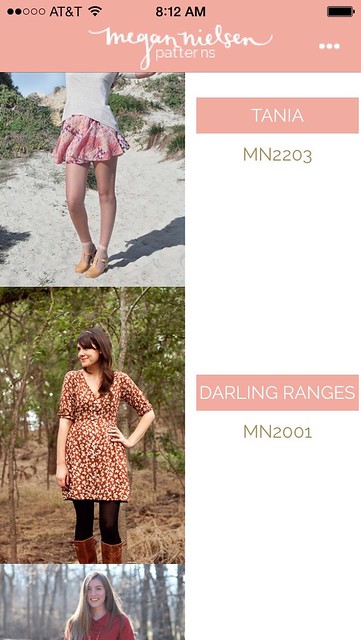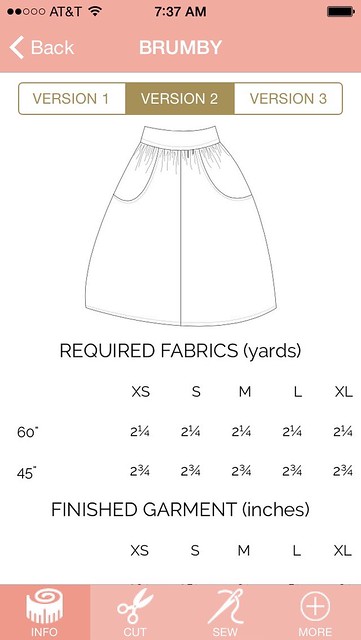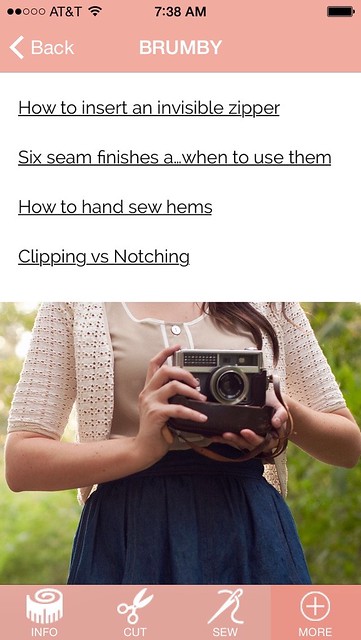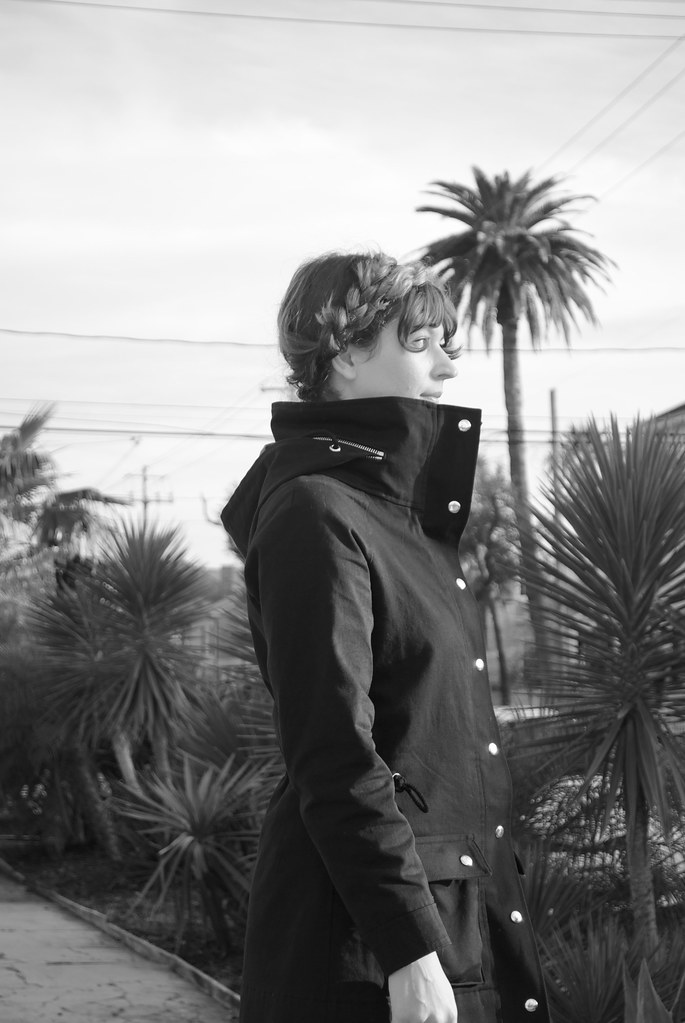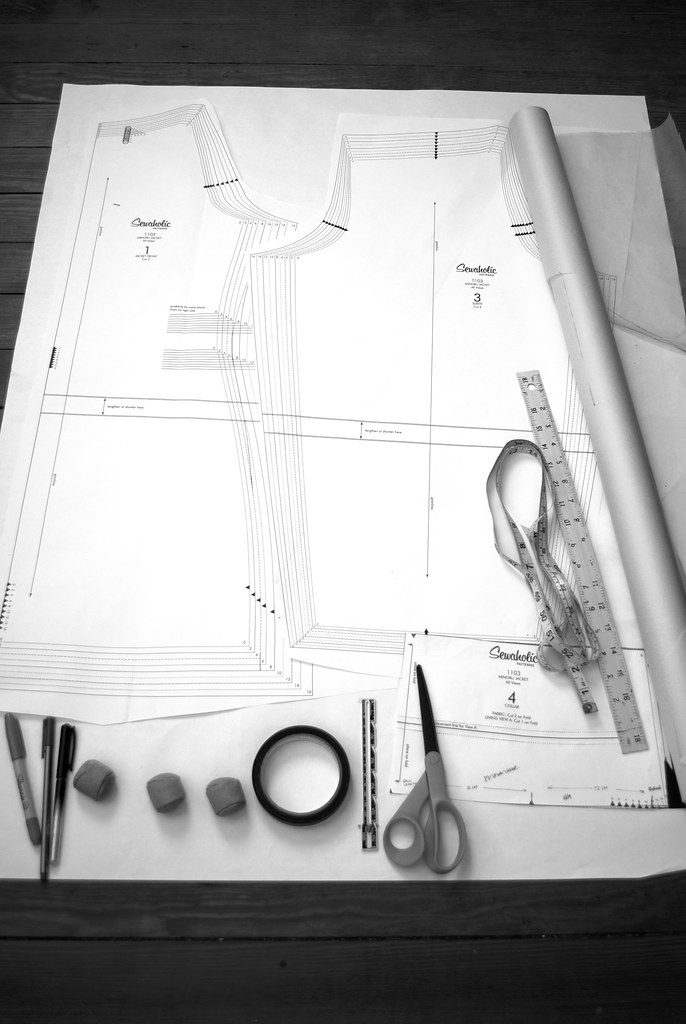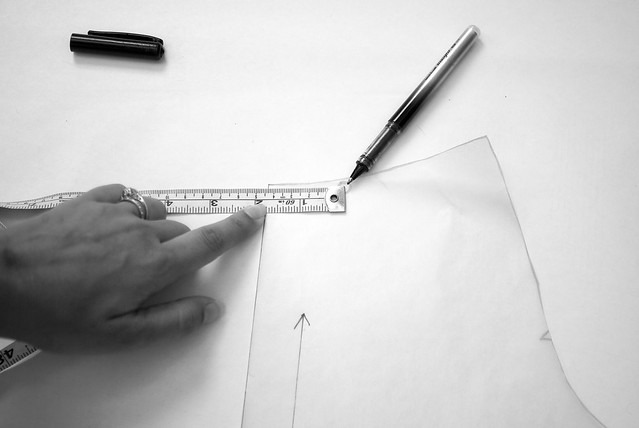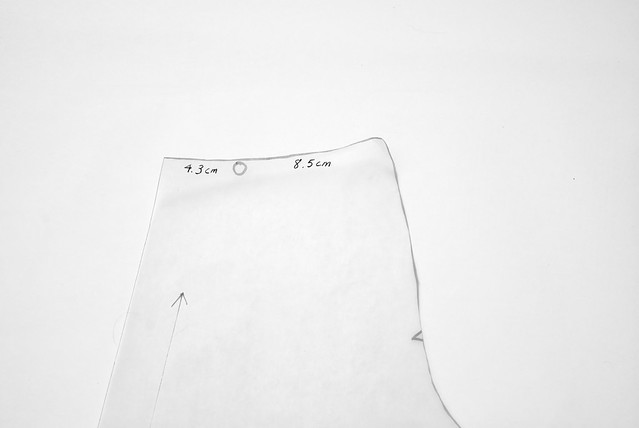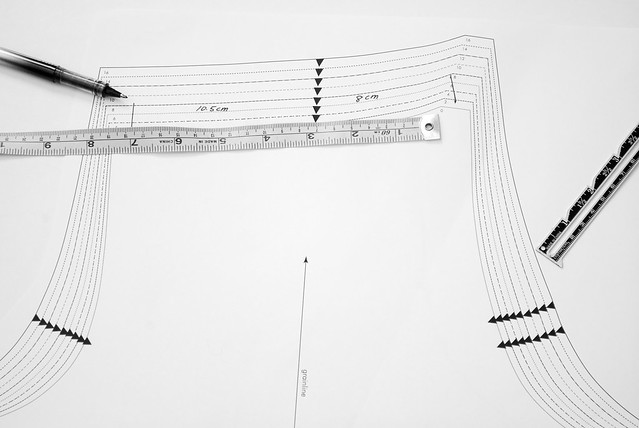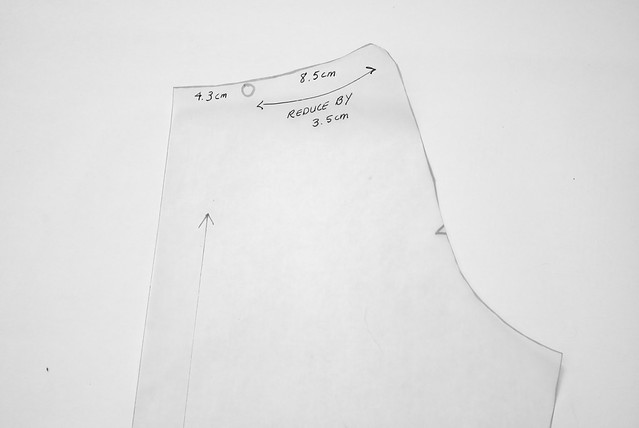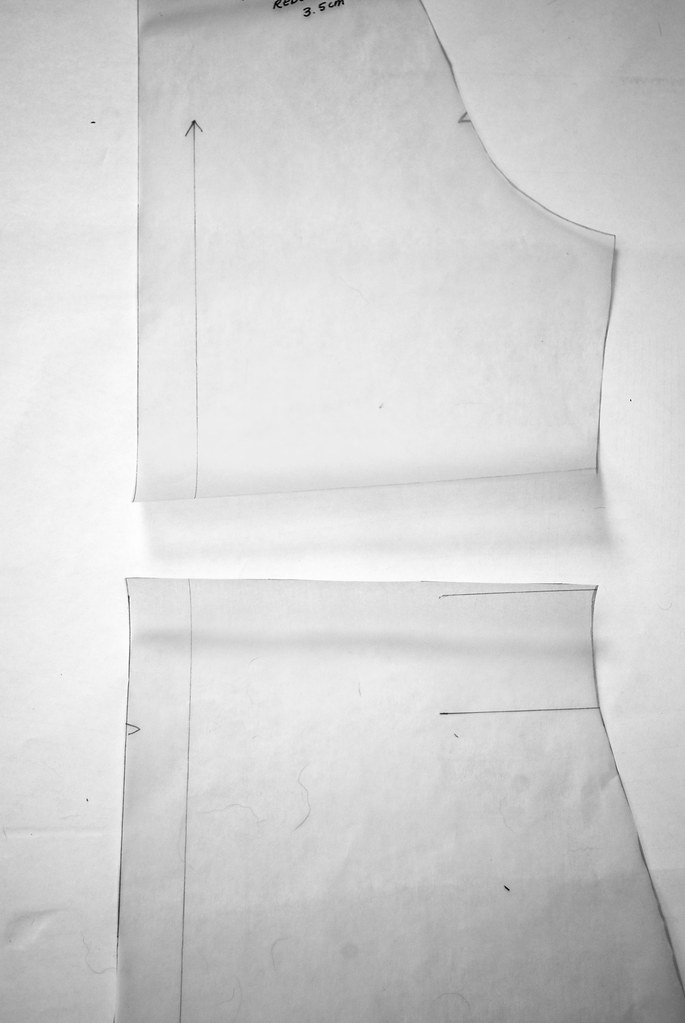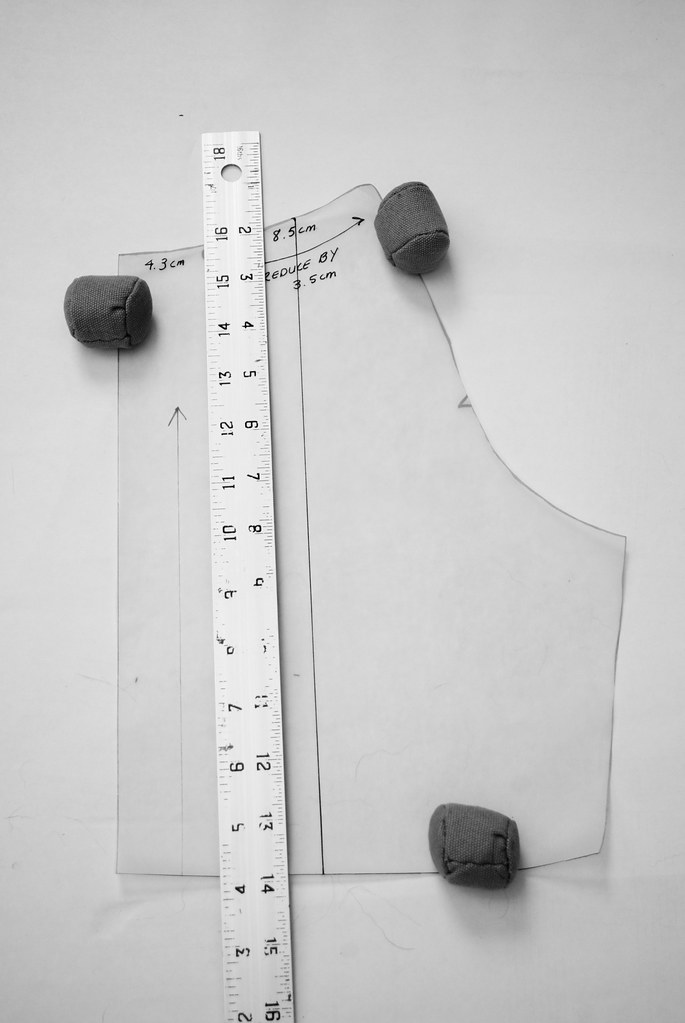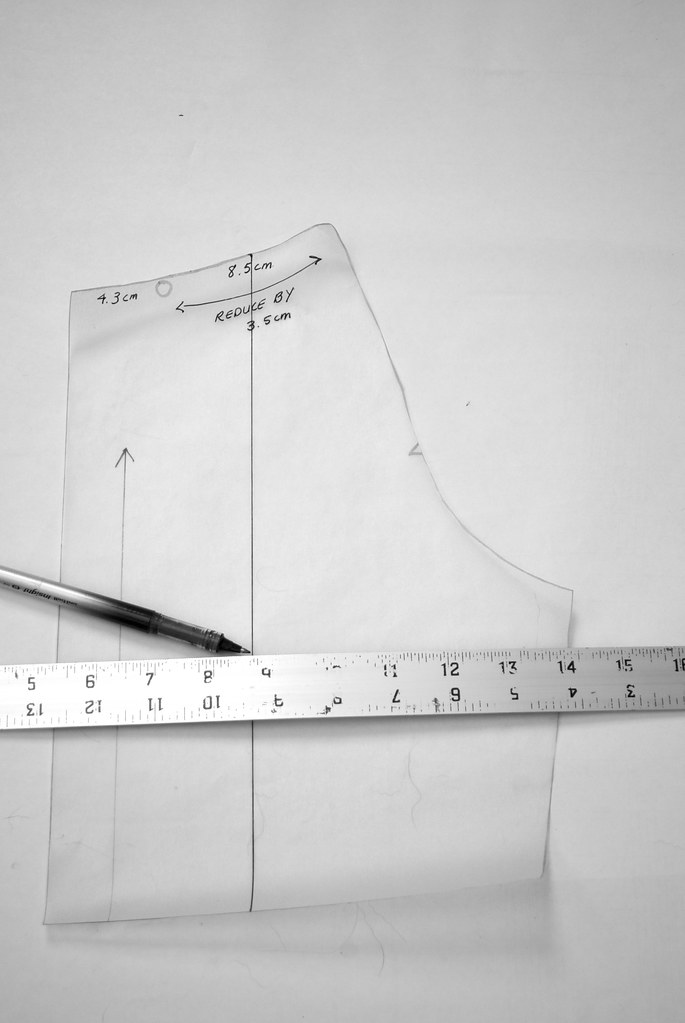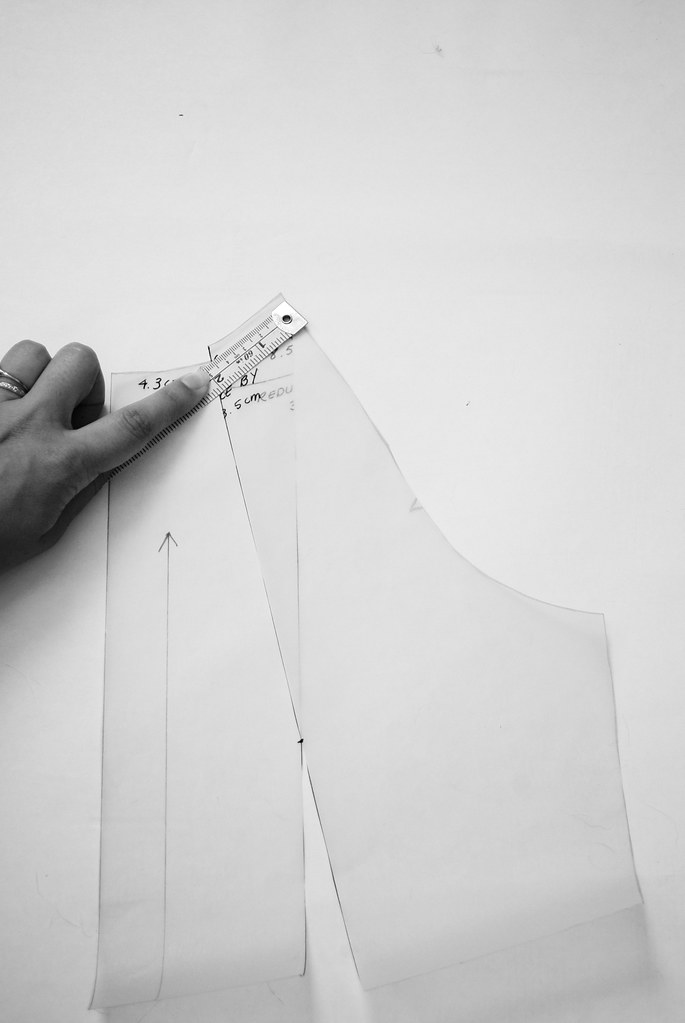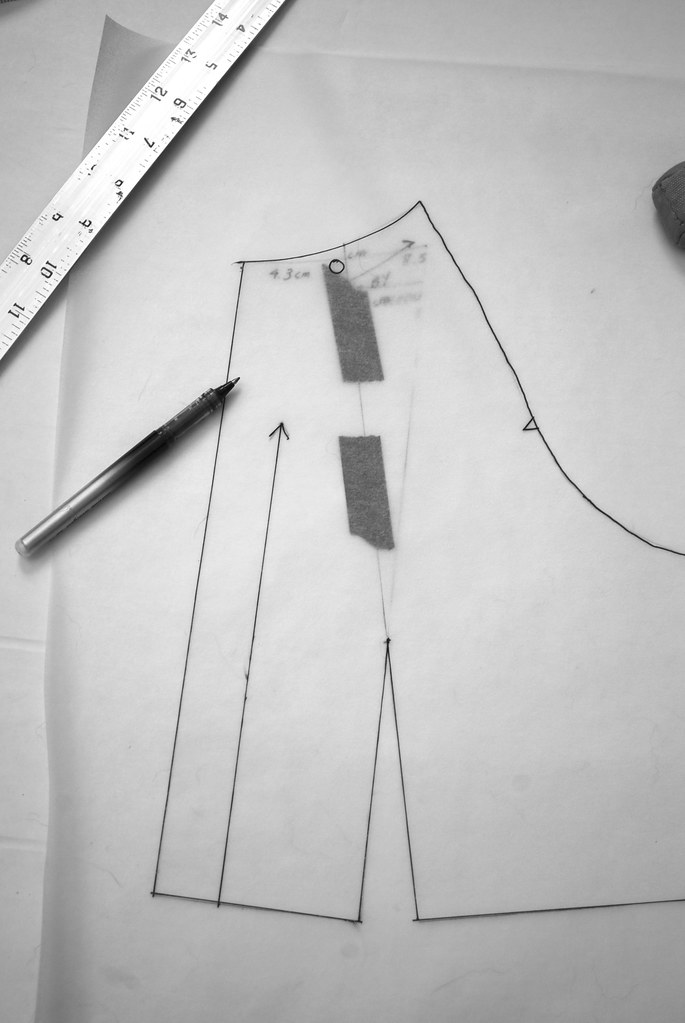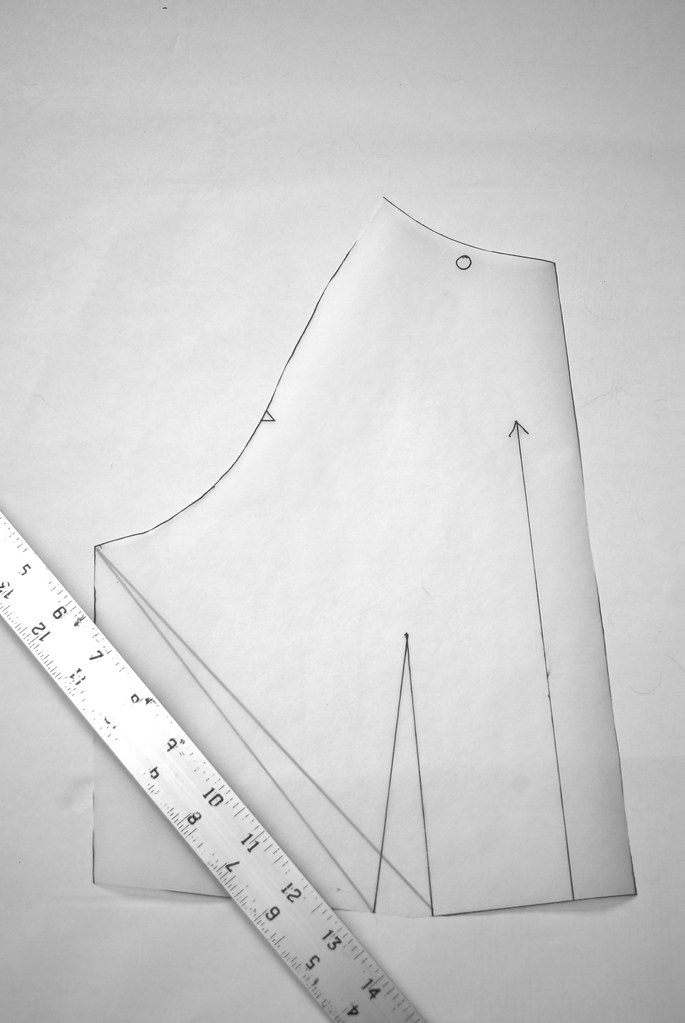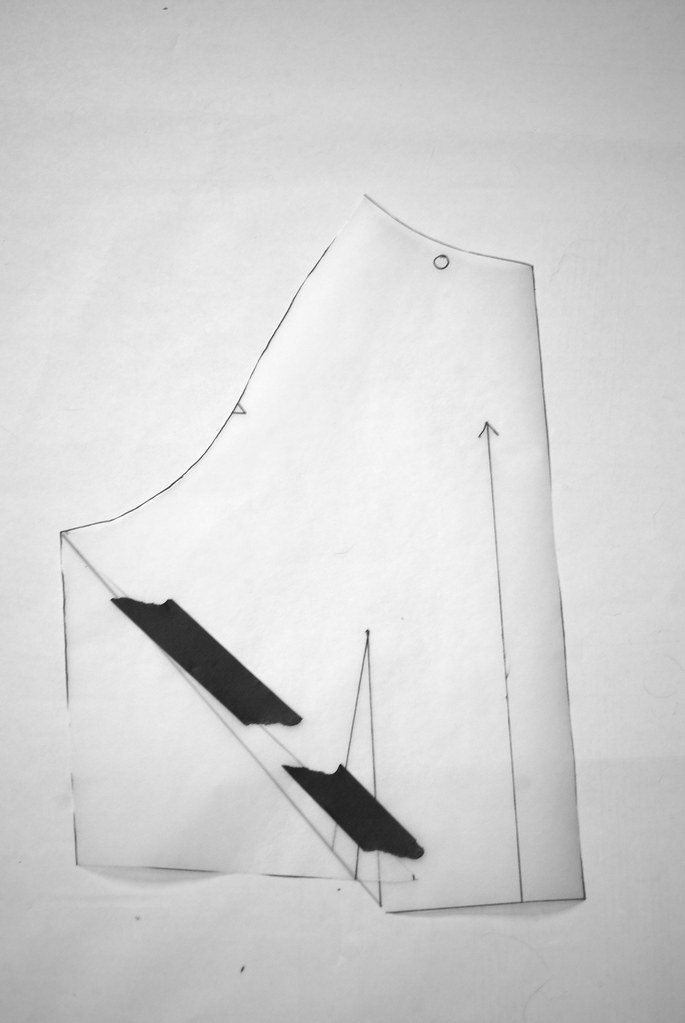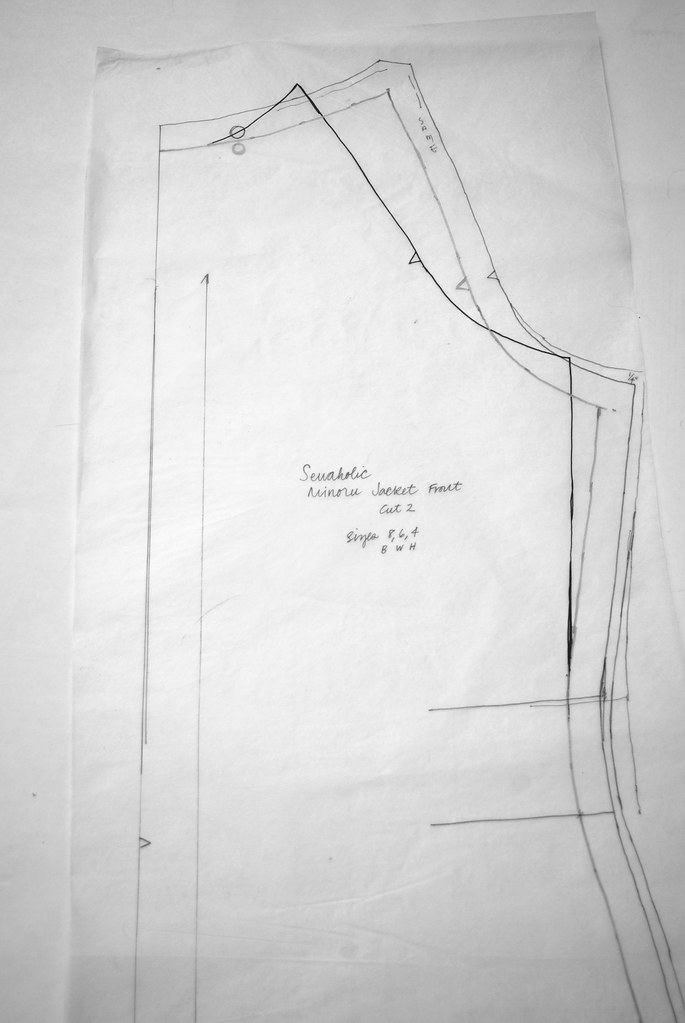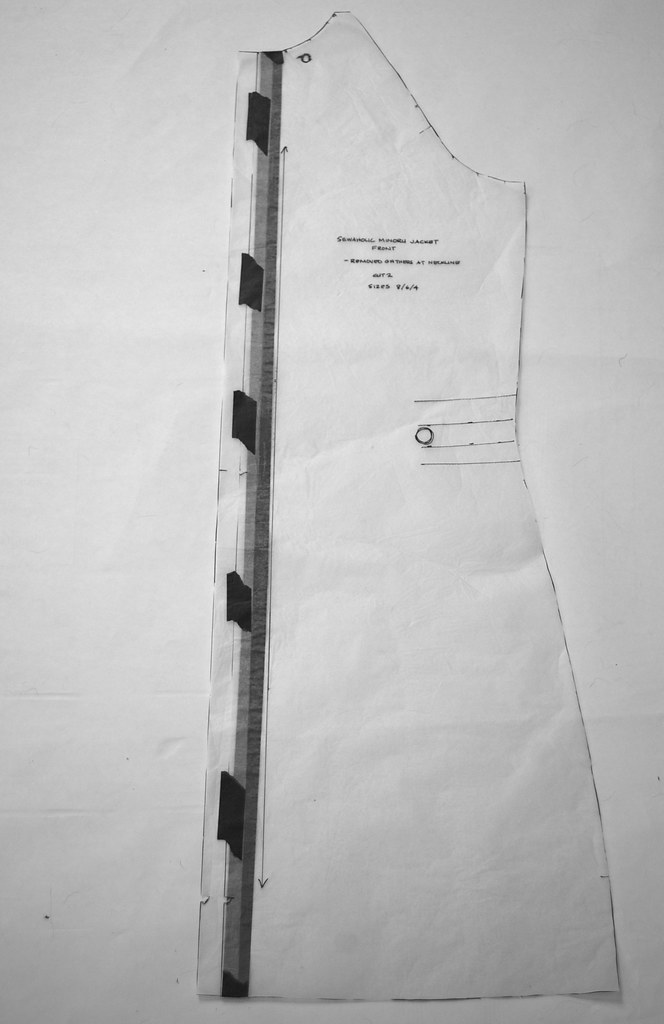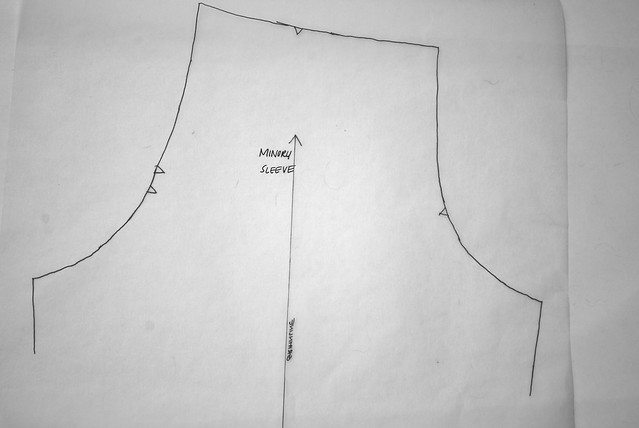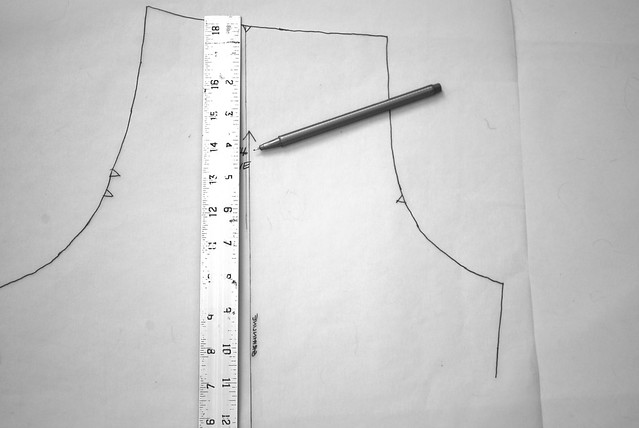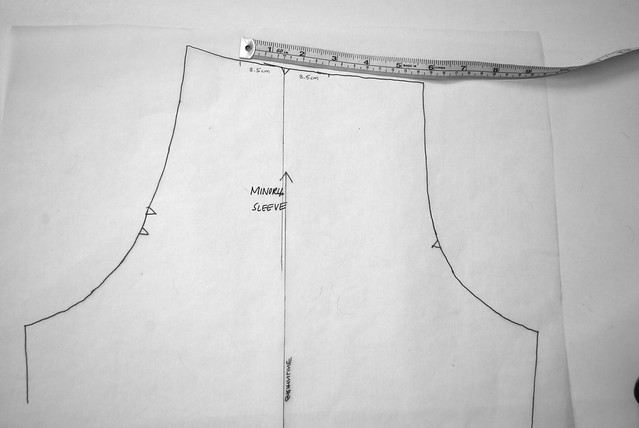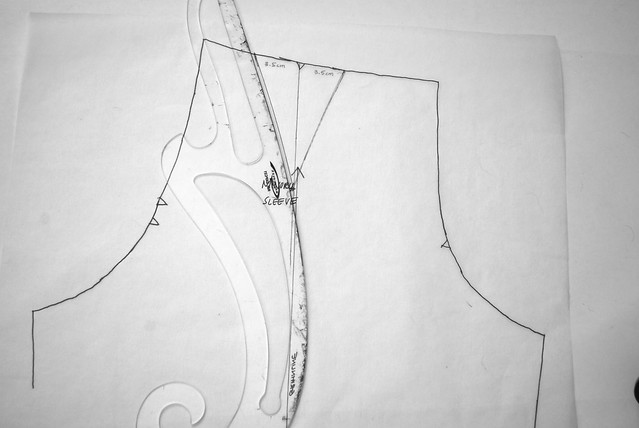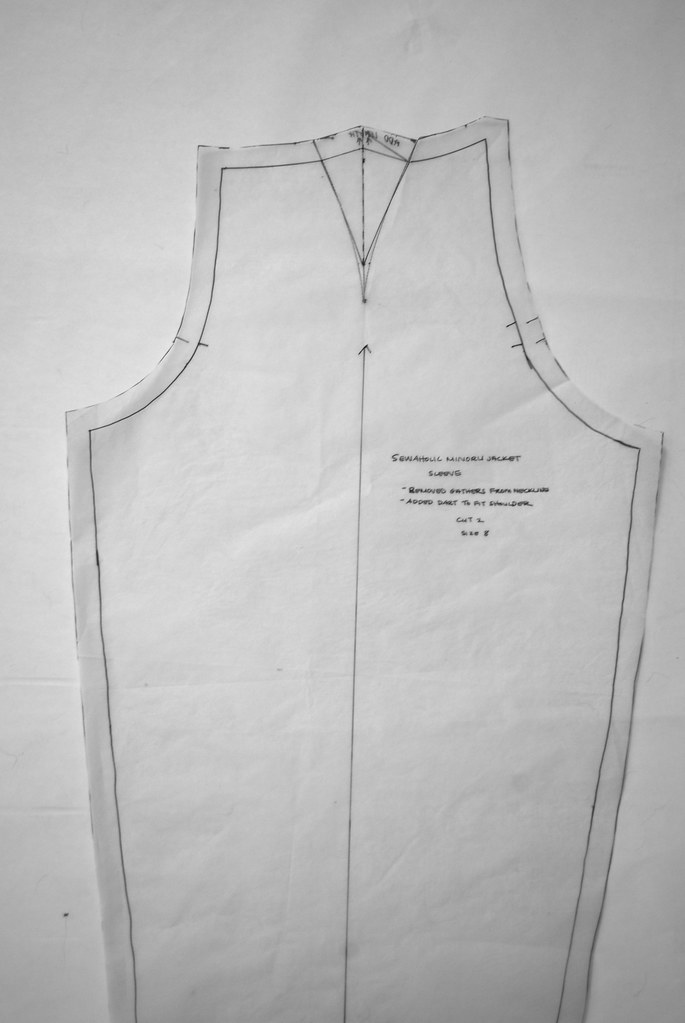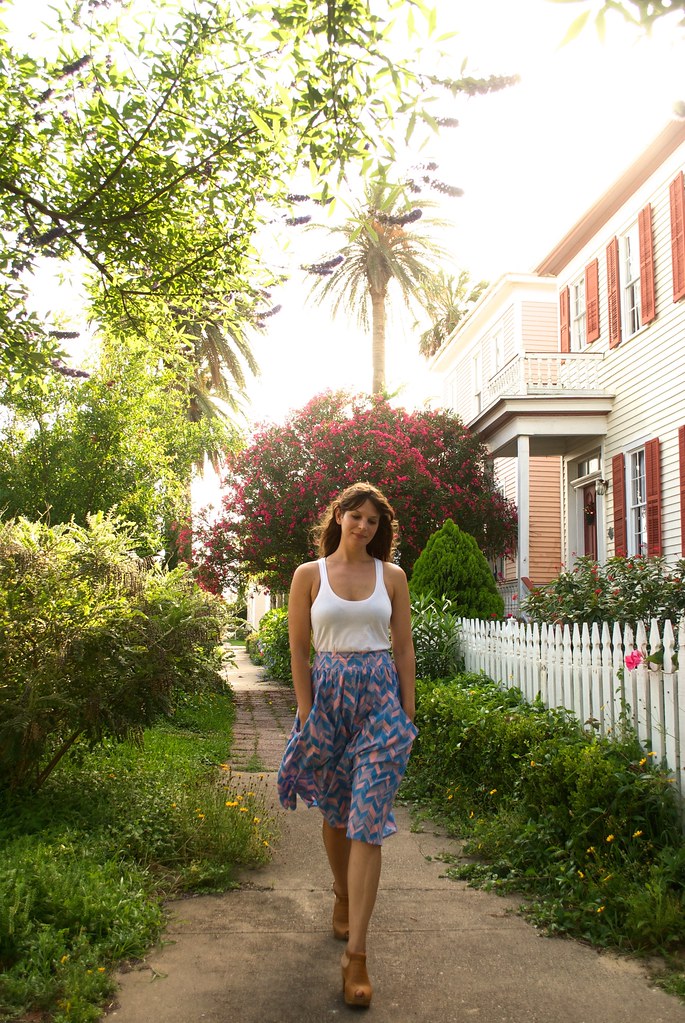
Hey Gang! How's everyone's May been going? It's been pretty dreary here the past few weeks - there's been a lot of rain and flooding throughout Texas (I hope my fellow Texans are safe and dry and on high land! Y'all are in my thoughts!) but it hasn't quite been able to make it across the bay to this island I call home. Instead we've just had endless clouds and suffocating humidity. Gross, but I'll take it over devastating floods... Yesterday the clouds decided to thin and allow some weak early evening sunlight through so I took the opportunity to shoot some pictures of my newest outfit.
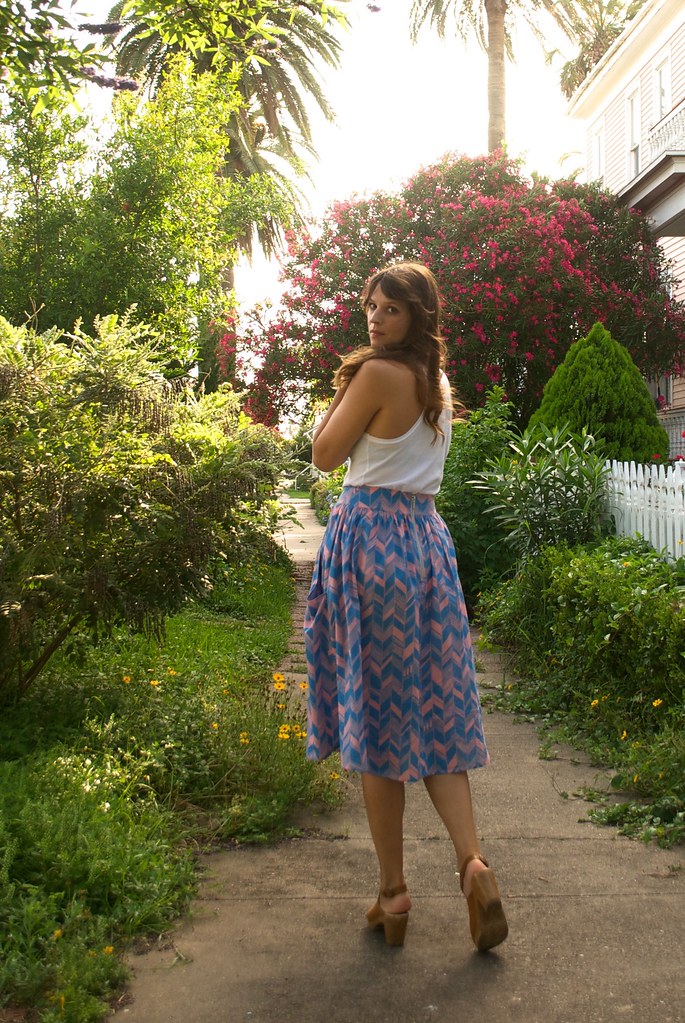
Earlier this month, the lovely Megan Nielsen sent me a note to tell me about the re-launch of her paper patterns and the release of her new sewing app and asked if I would be interested in reviewing the app along with her newest pattern - the Brumby Skirt (note - throughout the entirety of this post autocorrect kept trying to change "brumby" to "crumby" and it. is. driving. me. insane!!! end note). I thought the pattern was cute and I have to admit to being more than a little curious about the app - so I said "sure" but there is of course more to it than that.
It's hard to imagine that there was a time when my blog roll wasn't stuffed to the gills with sewing blogs. In fact, it's hard to imagine that there was a time when I wasn't even really aware that such a thing as a sewing blog existed - but as incredible as it may seem, dear reader, there was such a time. In this younger, naive-er plane of existence I was the voracious consumer of the Personal Style Blog. I loved to click through the images of women putting together outfits from their own closets. Even if my own wasn't nearly as extensive or creative, I found the different looks, the signature way these women wore clothes, and watching the evolution of trends emerge to be both aspirational and inspirational. Fashion blogs (along with a myriad of other, much more personal circumstances) led me to sewing my own wardrobe. It was through this channel that I discovered a certain Megan Nielsen. I remember when Megan released her first ready-to-wear collection, and I remember when her business began to evolve into sewing patterns at practically the same time that my thoughts were turning towards a handmade wardrobe. It was zeitgeist! I think it's for this reason that I will always feel a special kinship with Megan. As a reader, I made the evolution from the fashion blog world, to the sewing blog world in tandem with Megan, and for both of us it was here that we found our home.
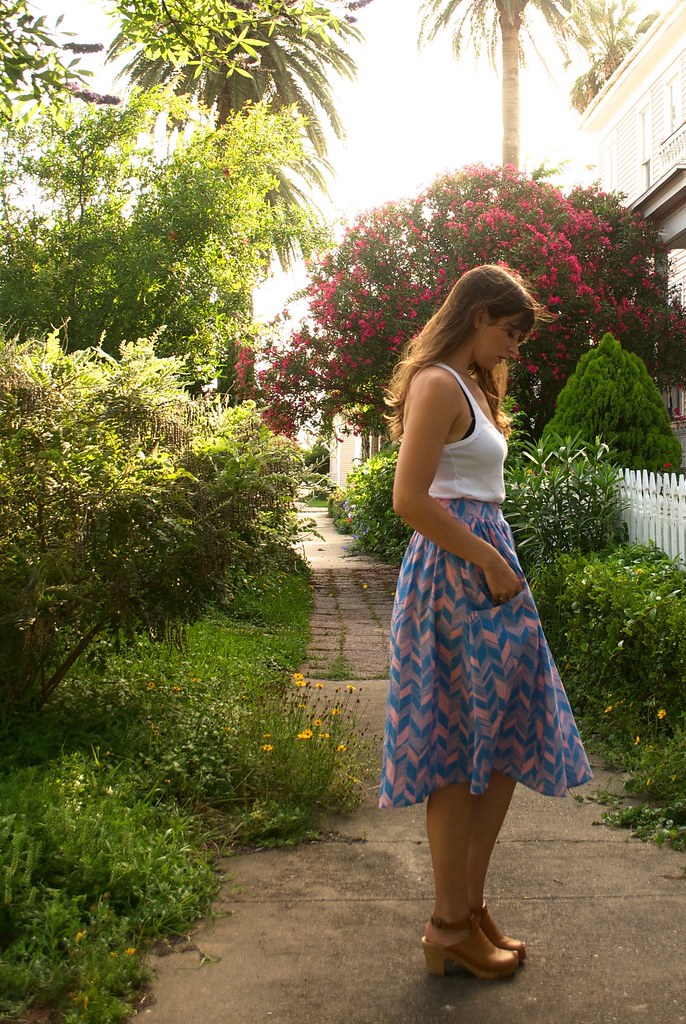
So it's with great pleasure that I present to you my Brumby Skirt! The Brumby is a gathered skirt with a wide waistband, an exposed zipper, deep pockets on versions 1 and 2, and three lengths - above the knee, knee length, and midi. I made version 2 because I can't say 'no' to a midi skirt and I love a good statement-making pocket. The fabric I used is some lovely cotton voile that I bought with my monthly Mood allowance in a cool, hand-drawn chevron print. The colorway of the pattern feels very summery to me. Even though this fabric is somewhat sheer, because of the volume of this skirt I left it unlined and it works really well as a single layer.
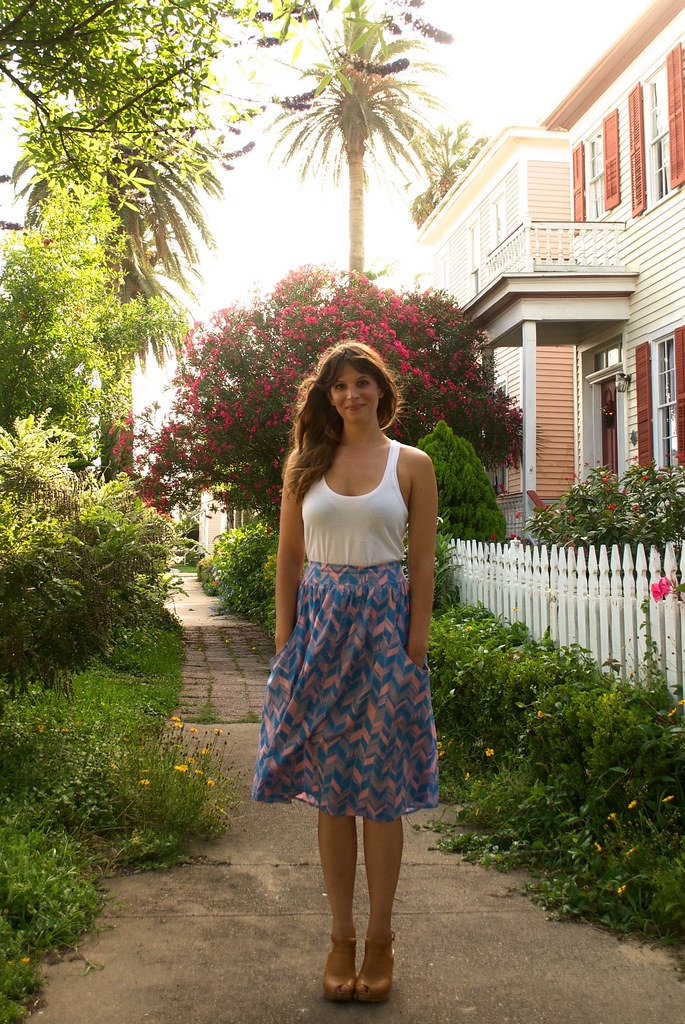
I think this pattern would be a really wonderful first make for a beginner. I never really understood why people recommend learning to sew by making things like pillow cases or curtains when there are such cute patterns like this one out there that are easy and have a really impressive, wearable, and stylish result. Plus, you'll learn a few tricks, like gathering and setting in a zipper. I mean, if you really love pillow cases and curtains, than you do you friend! But this isn't all that much more difficult, and - look how cute!!
For my purposes, I could see myself wearing the midi version just as I'm wearing it here - as a casual summer look. I really prefer dresses and skirts in the summer, but I don't always want to feel like I'm dressed to the nines, so this is a nice medium. I can also see myself using this pattern to swap out with other dress bodices from my stash. So even though I feel like a gathered skirt might be the kind of thing I could draft up myself, it's always nice to have the option of a professional pattern ready to go.
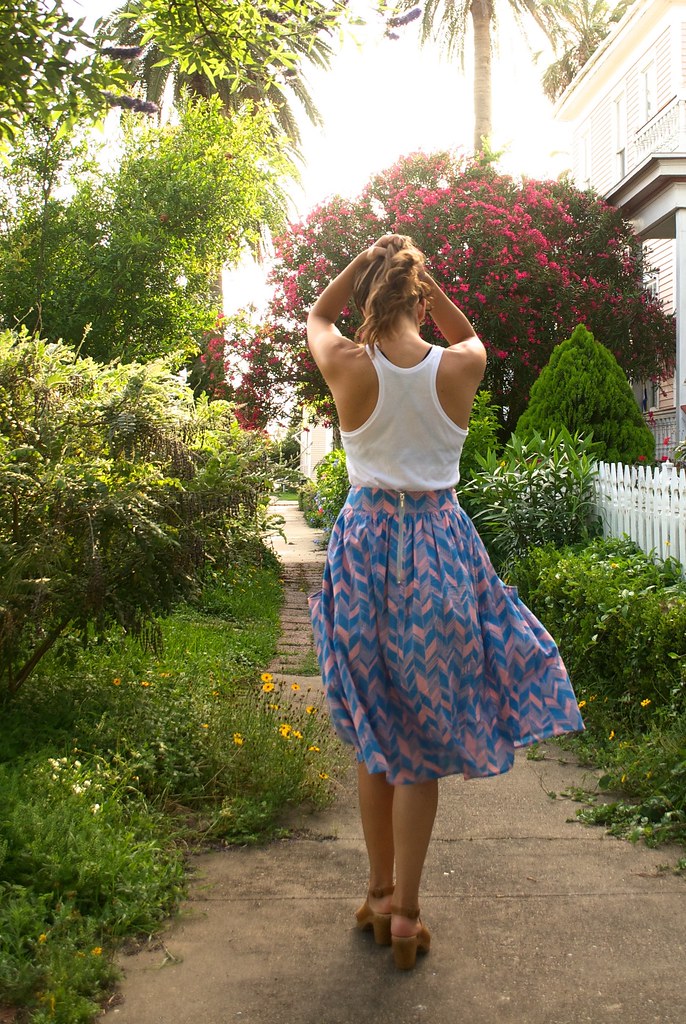
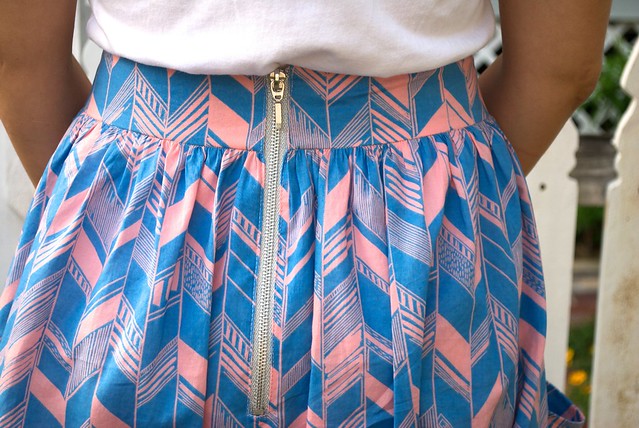
I feel like a big part of Megan's re-launch has been about thinking about the way sewers actually use their patterns. Her new paper patterns are not all that different from the Big 4 patterns we're all familiar with - they're printed on a thin white tissue and come folded in a paper envelope along with a page of instructions printed on a slightly heavier newsprint. I know this is highly subjective, but I actually really like this type of packaging. It's certainly not made to look pretty on a shelf, but it's unfussy and functional, and quite frankly, both of those things are more important to me in my sewing patterns than designer packaging.
The one thing that I do feel sets a brand above the rest is the quality of the instructions, and the extra information (sew-alongs, tutorials etc.) that they provide the home sewer, and this is where Megan's approach is pretty interesting. The instructions that come with the paper pattern are certainly sufficient and straight forward, but she's also released her sewing app which acts as a companion to all her patterns. In the app you have access to all the pattern specs, fabric requirements, and a neat little shopping list you can check off as you go, cutting layouts, instructions and other fun things like ideas for customization, and links to tutorials and sew alongs.
For this review I just used the sewing app rather than the instructions that came with the pattern (although I gave them the once over just to see what's what). I have to confess, I'm not the most technologically advanced person, and I wasn't quite sure how much an app could bring to my sewing experience. But what this really made me realize is how often I do tend to look up instructions, tutorials, or pictures of finished garments on my phone as I sew. I'm sure I'm not the only one. The fact that it was all right there in one easy to access place, rather than doing a million different google searches, was definitely convenient and really pretty cool. I think the app is going to be especially handy for those who purchase the PDF pattern. I don't know about you guys, but I always feel really guilty printing out instructions and whatnot after I've just printed out 50 pages for a pattern. It always feels really wasteful to me, so knowing that all that information is easily accessible on my phone is a big bonus. I have to say, I viewed the app with some skepticism at first, but it really won me over. Megan may have just discovered the future of sewing patterns!
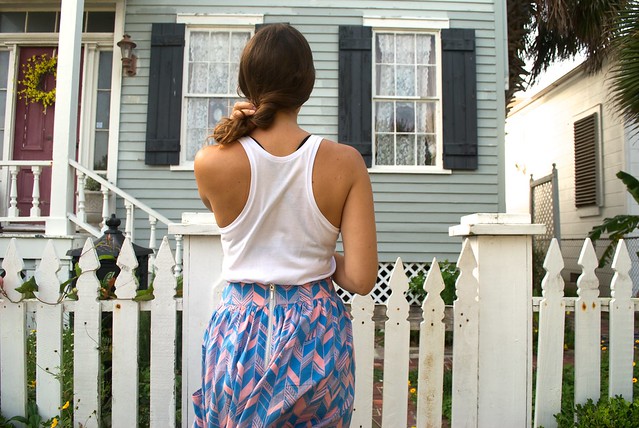
I wanted to make a quick little something to go with my Brumby skirt so I had a look through my stash and found this white cotton jersey of unknown origin - probably one of those things I bought thinking it seemed like a practical thing to have around and then promptly forgot about because... boring. But it's really a pretty nice quality so I decided to do a rub-off of an American Apparel tank I've had for years and don't necessarily love but for lack of anything better seems to get a lot of wear. I tried to fix some of the things that bother me about the original tank, while still keeping the sexiness of the deep scoop neck and armholes. All in all, I'm really pleased with how it turned out! I especially love it tucked in like I'm wearing it here. The original tank just had serged edges for the neckline and armholes, but I wanted a more finished look for mine so I used a binding. I think it's an improvement on the original for sure!
Well guys! I think those are all my thoughts on this one! I hope wherever you are you are enjoying some early summer weather and sunshine! And what do you guys think - does a sewing app seem like the future to you?
xx

